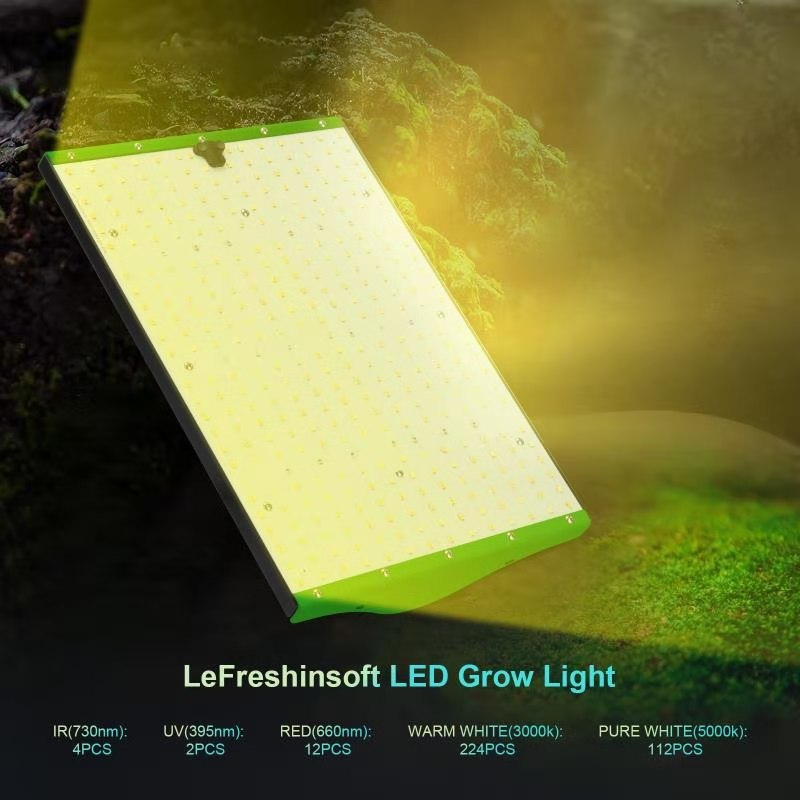1. The herbicidal mechanism of glufosinate Glufosinate is a broad-spectrum contact herbicide , which has a certain systemic action. Glufosinate uses glutamine synthetase as a target enzyme. By inhibiting the activity of glutamine synthetase, it causes disturbance of nitrogen metabolism in plants, and excessive accumulation of ammonia leads to disintegration of chloroplasts and destruction of photosynthesis of plants, and achieves herbicidal effects. After the weeds absorb glufosinate, glufosinate can be transported in the xylem of plants through plant transpiration. After normal temperature for 3 days to 5 days, the weeds gradually become yellow and necrotic, and the effect period is up to 30 days. Second, glufosinate is suitable for crop range Glufosinate is mainly registered in non-cultivated land, papaya garden, rubber plantation, tea garden orchard, vegetable land, etc., for annual and perennial grasses and broadleaf weeds and sedges (remarks: sedge grass is small, the effect is better) Have better control effects, such as rat tail, Mai Niang, Matang, Pelican, foxtail, wild wheat, wild corn, Dactylis, Fescue, Quercus, Grass, Ryegrass, Reed, Bluegrass, Wild Oatmeal, brome, small canopy, etc. Third, the amount of glufosinate The problem of the amount of glufosinate, 200 g / liter of glufosinate, in the last July, I have done experiments. The experimental results show that for ordinary weeds, a bucket of water (capacity 15kg) dosage of 100ml ~ 120ml, the effect is very good; but for some resistant weeds, such as: reed, white mulberry and other perennial weeds, a bucket of water (capacity 15kg ) When the dosage reaches 200ml or more, it can have a good grass killing effect and the cost is somewhat high. Can glufosinate be used for weeding after corn seedlings? Glufosinate can be used for weeding after corn seedlings, but the medication is strict. After the corn seedlings are weeded in the row, in the corn 10 leaves, when the weather is no wind or breeze, the spray head is sprayed with a directional spray, and does not drift to the corn. Although the systemic effect of glufosinate is not strong, there is still a certain internal Suction, need to pay attention to the occurrence of drift phytotoxicity. 5. What are the advantages of glufosinate? 1. Good safety: glufosinate mainly kills grass by contact, has poor systemic absorption, is safe and efficient, and is also suitable for shallow root crops, such as vineyards and tea gardens. 2, quick-acting, long-lasting effect: Under normal weather conditions, after the application of glufosinate, the weeds will be yellowed in 2--3 days and gradually die; the duration of effect is up to 30 days. 3, to maintain water and soil: Because glufosinate does not kill the roots, which is conducive to the maintenance of water and soil, the field is not easy to collapse. 4, the grass spectrum is more extensive: glufosinate for some resistant weeds, such as: small fly can also have a good grass killing effect. 6. Why is glufosinate sometimes not good for weeding? The herbicidal effect of glufosinate is mainly affected by three factors: humidity, temperature and light. The effect of humidity: the climate is dry, the plants in order to reduce transpiration, close the pores, leaf curl, leaf skin thickening, is not conducive to the absorption of glufosinate, affecting the efficacy; air humid, plant surface wax layer remains wet, open pores It enhances the absorption of glufosinate by plants and facilitates the exertion of the drug. Temperature: Under low temperature conditions, the ability of glufosinate to pass through the stratum corneum and cell membrane is reduced, thereby affecting the herbicidal effect. With the increase of temperature, the herbicidal effect of glufosinate increases. It is recommended to use the temperature above 15 degrees Celsius, and the low temperature effect is not good. Illumination: When the light conditions are good, the transpiration of plants is strong, which is beneficial to the efficacy of glufosinate. 7. How to use glufosinate more efficiently? 1. Weeding in wasteland: Some glyphosate can be added appropriately, and the rebound of weeds is obviously reduced. I have done experiments according to customer's suggestion. A bucket of water (capacity 15KG) is added with 88% of glyphosate ammonium salt soluble granules. The effect is not bad. As for the specific dosage, it can be small according to the local weed conditions. experiment. 2, some weeds in the broad-leaved situation, such as: purslane, etc., can add 20% acesulfame, to further expand the grass kill spectrum. 3, because glufosinate is mainly contact, so when spraying glufosinate, it must be sprayed and sprayed evenly. It can also be added with penetrant such as silicone. The surface of weed leaves is fully contacted and absorbed with glufosinate to reach Good grass killing effect. 4. When diluting glufosinate, do not use turbid river water to prevent reducing the efficacy. In short, glufosinate as a good product, how to properly use glufosinate, more efficient use of glufosinate performance, is the top priority in the promotion of glufosinate, technology promotion is worthy of attention.
Grow Light panel with scientific spectrum, include red, warm white, 6000k, UV IR led, the best grow light for indoor plant growth. also customized ratio by your requirement.
Quantum Board Grow Light is a great ideal for all kinds of indoor garden plants: lettuce, orchid, organic herbs, pepper, strawberries, succulent, hydroponic, medical plants.
grow light strip, grow strip, led strip grow plants, led grow light strip review,led grow light strip kit Shenzhen Wenyi Lighting Technology Co., Ltd , https://www.szwenyigrow.com
Whether it's hydroponics, plants in soil, you can add a touch of magic to every veg and flower with Xeccon grow lights.

